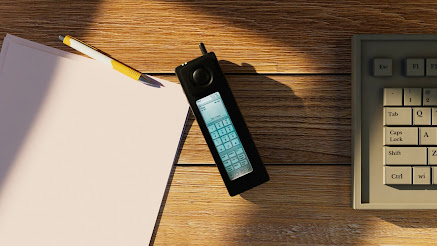Bankruptcy can be a challenging and complex process for businesses facing financial distress. Among the various assets a business owns, equipment is often a significant component. How business equipment is treated and disposed of during bankruptcy depends on various factors, including the type of bankruptcy filed, whether the equipment is leased or owned, and creditor claims. This article explores the legal and financial aspects of business equipment in bankruptcy, offering insight into its treatment and disposition.
Treatment of Business Equipment in Bankruptcy
The treatment of business equipment depends largely on the type of bankruptcy filed—Chapter 7, Chapter 11, or Chapter 13. Each chapter has distinct implications for how assets, including equipment, are handled.
Chapter 7 Bankruptcy: Liquidation
In a Chapter 7 bankruptcy, a business typically ceases operations, and its assets are liquidated to pay creditors. The trustee assigned to the case identifies and sells non-exempt assets, including business equipment. The proceeds from the sale are then distributed to creditors based on a priority ranking. If the equipment is subject to a secured loan, the lender may repossess or foreclose on it before it is sold to satisfy the debt.
Chapter 11 Bankruptcy: Reorganization
Chapter 11 allows businesses to restructure their debts while continuing operations. Business equipment may be retained if it is deemed essential to the company's restructuring plan. The debtor may negotiate new terms with creditors or seek court approval to sell or refinance the equipment. If the business decides that certain equipment is no longer necessary, it may be sold to generate liquidity.
Chapter 13 Bankruptcy: Debt Repayment Plan
Primarily used by small business owners, Chapter 13 enables debtors to keep their assets, including business equipment, while repaying creditors through a court-approved plan. If the equipment is collateral for a secured loan, the debtor must continue making payments or negotiate new terms to retain it.
Leased vs. Owned Equipment
How business equipment is treated also depends on whether it is leased or owned.
Leased Equipment: If the equipment is under a lease, the business must decide whether to assume or reject the lease. If assumed, the debtor continues making payments. If rejected, the lessor can reclaim the equipment, and any unpaid obligations may be treated as an unsecured claim in bankruptcy.
Owned Equipment: Owned equipment is subject to liquidation or restructuring depending on the bankruptcy chapter. Secured creditors may have a claim on the equipment if it was used as collateral for a loan.
Disposition of Business Equipment
Disposition of business equipment in bankruptcy may involve several strategies:
Liquidation Sale: Under Chapter 7, equipment is sold at auction or through private sales to maximize creditor repayment.
Reorganization and Retention: In Chapter 11 or Chapter 13, businesses may keep the equipment if it is crucial to operations, often by renegotiating debt terms.
Secured Creditor Repossession: If the equipment was financed with a secured loan and the business cannot make payments, the lender may repossess it.
Lease Rejection or Assumption: If equipment is leased, the debtor can either reject the lease (returning the equipment) or assume it (continuing payments).
Court-Sanctioned Sale: Businesses in Chapter 11 may seek court approval to sell equipment to raise funds for restructuring efforts.
Conclusion
Bankruptcy significantly impacts how business equipment is treated and disposed of. Whether liquidated, retained, or restructured, the handling of equipment depends on the bankruptcy chapter, ownership status, and creditor claims. Business owners facing bankruptcy should work closely with legal and financial advisors to navigate these complexities and determine the best course of action for their equipment and overall financial recovery.



